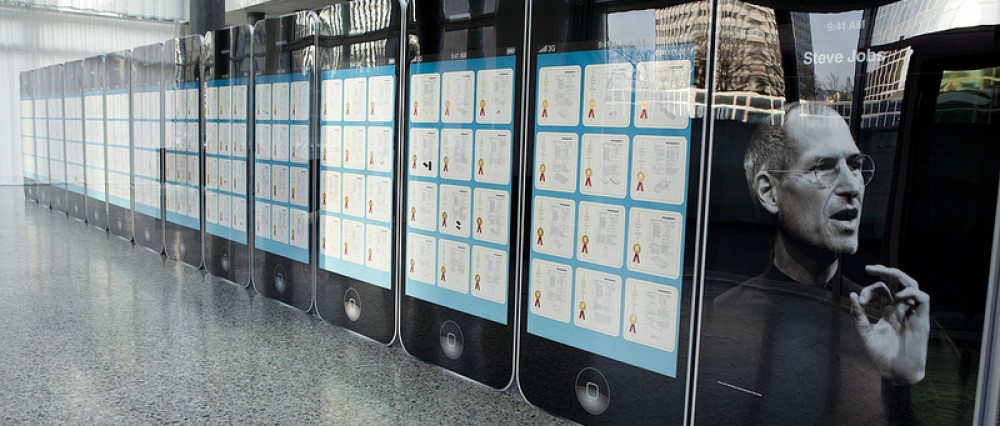Given the rise of social media, organizations must balance their goals in promoting the organization with communicating to their audiences as well as maintaining their reputations and protecting the viability of future operations (Flynn 2012). In order for the SJLM to balance these goals it is important that a social media policy be developed and revised regularly. A good social media policy will protect the museum from potential misuse of social media by its employees and will help protect itself from possible embarrassment.
Initially, a concise social media policy may suit the museum’s needs most appropriately, however this can be re-examined over time. The Policy Tool for Social Media is an online set of questions that can be answered by the museum in order to generate a policy. (See appendix 1 for the museum policy). The policy can then be edited specifically to the museum needs. A more thorough policy, such as the one that the Smithsonian Institution has, can be drafted (Smithsonian Institution 2011). The Smithsonian policy is 13 pages in length and covers which staff will use social media and who is responsible for various levels of social media usage (IT infrastructure, privacy, social media accounts to name a few), the day to day policies of using social media, the personal use of social media via Smithsonian computers, and penalties for inappropriate use.
When developing and implementing social media policy, Beth Kanter suggests three steps that are imperative to follow: 1. Create the policy by deciding what you want it to accomplish. 2. Train the staff in the policy and make sure they are aware of its importance and implications. 3. Make sure that the policy is being followed by the staff (Kanter 2010). To ensure that a social media policy is successful, the museum will want to allocate staff to implement the policy and follow up with assessment.
